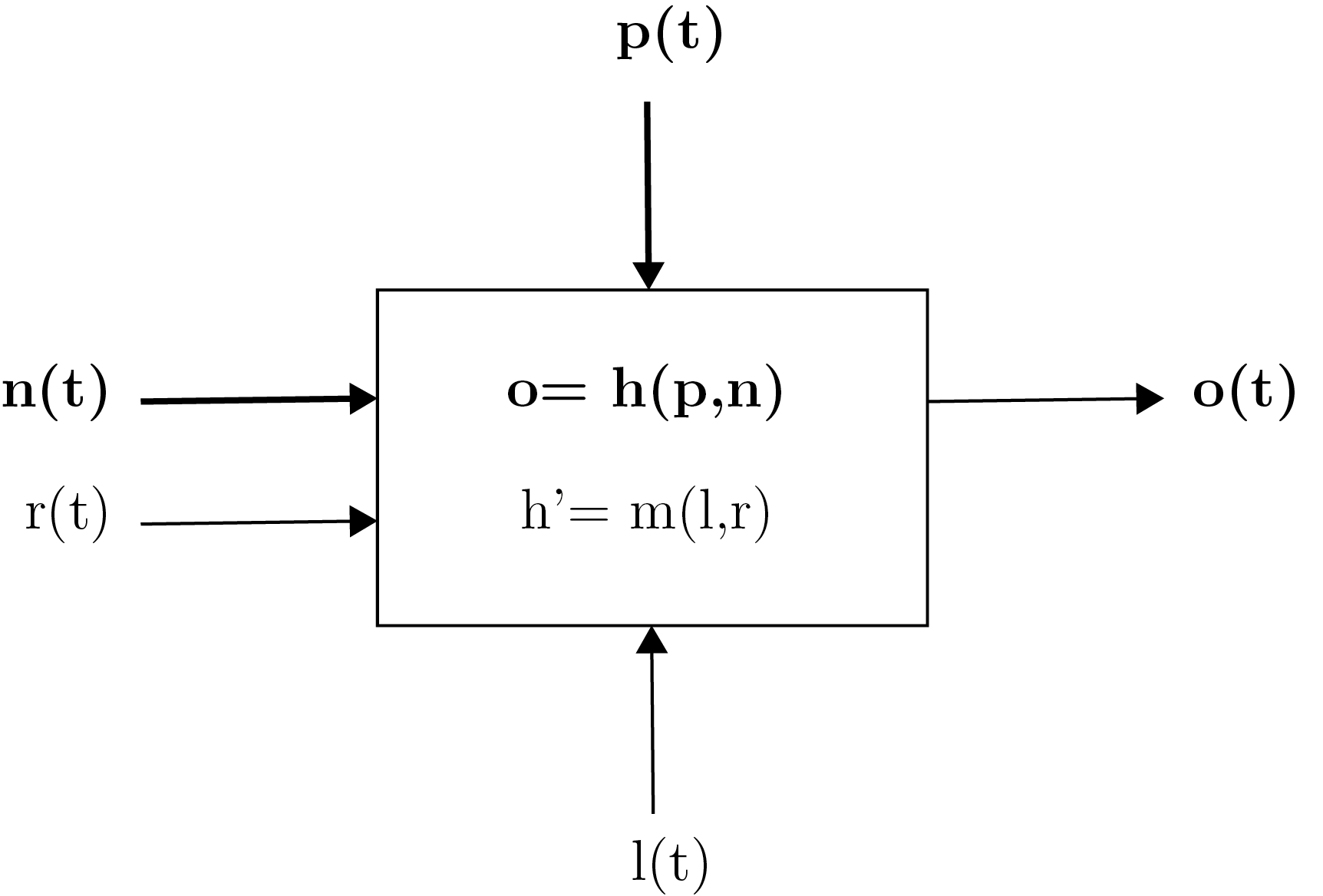The arrival of Immersive Virtual and Augmented Reality hardware to the consumer market suggests seamless multi-modal communication between human participants and autonomous interactive characters is an achievable goal in the near future. This possibility is further reinforced by the rapid improvements in the automated analysis of speech, facial expressions and body language, as well as improvements in character animation and speech synthesis techniques. However, we do not have a formal theory that allows us to compare, on one side, interactive social scenarios among human users and autonomous virtual characters and, on the other side, pragmatic inference mechanisms as they occur in non-mediated communication. Grices' and Sperbers' model of inferential communication does explain the nature of everyday communication through cognitive mechanisms that support spontaneous inferences performed in pragmatic communication. However, such a theory is not based on a mathematical framework with a precision comparable to classical information theory. To address this gap, in this article we introduce a Mathematical Theory of Inferential Communication (MaTIC). MaTIC formalises some assumptions of inferential communication, it explores its theoretical consequences and outlines the practical steps needed to use it in different application scenarios.
翻译:消费者市场的简单虚拟和增强现实硬件的到来表明,人类参与者和自主互动字符之间无缝的多模式交流是近期内可以实现的目标,这种可能性由于对语言、面部表情和身体语言的自动分析的迅速改进,以及字符动画和语音合成技术的改进而得到进一步的加强。然而,我们没有正式的理论,使我们能够一方面比较人类用户和自主虚拟人物之间的交互社会情景和自主虚拟人物之间的交互社会情景,另一方面,在非中介通信中出现的务实推论机制。 Grices和Sperbers的推断通信模式确实通过支持在务实通信中进行自发推论的认知机制来解释日常交流的性质。然而,这种理论并非基于与古典信息理论相近的数学框架。为了弥补这一差距,我们在本篇文章中引入了“数学论”推论通信(MaTIC),将一些推断通信的假设正式化,它探索理论后果,并概述了在不同应用情景中使用它所需的实际步骤。








